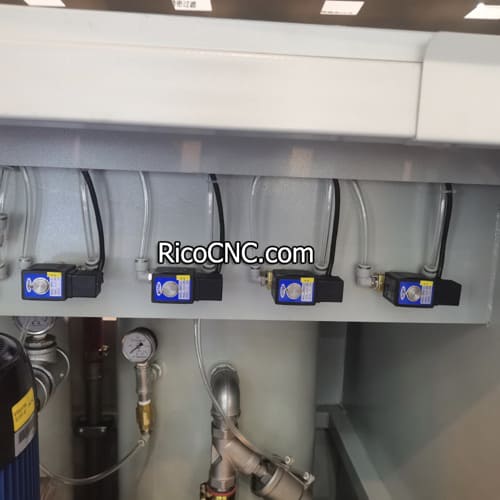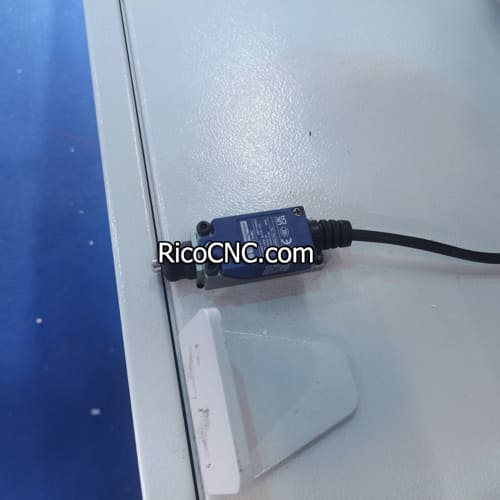
How Can You Tell If a Limit Switch Is Bad?
A limit switch is an integral part of many systems, whether in household appliances like furnaces or in complex industrial automation. It acts as a vital sensor that ensures the proper functioning of mechanical components by monitoring their movement or position. However, like any mechanical or electrical device, a limit switch can fail. When this happens, it can lead to unexpected issues and disruptions in operations. In this article, we will explore the key signs and methods that help you determine if a limit switch is bad, ensuring your system remains operational and safe.
Signs of a Bad Limit Switch
To tell if a limit switch is faulty, there are some key symptoms to watch out for. These symptoms are often indicative of a malfunction and can alert you to potential problems with the switch. Here are the primary signs to look for:
1. Erratic Furnace Operation
One of the first signs of a bad limit switch in a furnace is erratic operation. This includes short cycling, where the furnace turns on and off repeatedly without completing a full heating cycle. A furnace limit switch is responsible for ensuring that the blower fan turns on and off at the appropriate times. If the limit switch is faulty, the system may be incorrectly sensing temperature, leading to irregular operation.
In the case of short cycling, the limit switch may be falsely detecting an overheat condition, causing the furnace to shut down prematurely. On the other hand, if the switch doesn’t activate when it should, the blower fan might continue running, even when the temperature has dropped to an unacceptably low level.
2. Blower Running Continuously
Another indication of a bad limit switch is when the blower fan runs continuously without stopping. The limit switch controls the fan operation to make sure that it circulates warm air only when necessary. When the limit switch gets stuck in the "closed" position, it results in the fan running without shutting off, which can be both inefficient and lead to higher energy costs.
A blower fan that runs continuously is not just an annoyance; it can also cause wear and tear on the fan motor, leading to costly repairs or replacement. Therefore, diagnosing this problem as soon as possible is essential for maintaining system health.
Related Product Insight
For those facing blower issues in their automation systems, the 5727455302 AVENTICS 5 Way 2 Position Pneumatic Valve Directional Solenoid Valve can be a useful addition to regulate air flow efficiently.
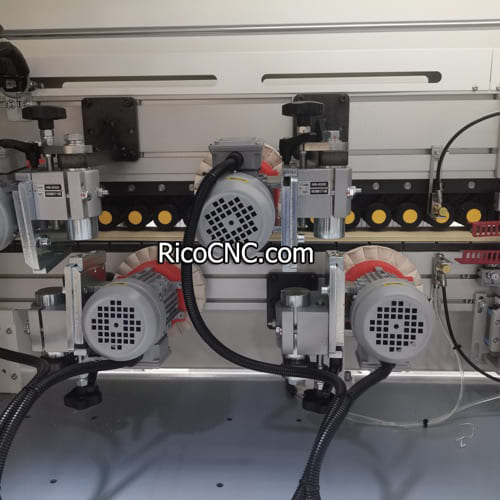
3. Inconsistent Heating
Inconsistent heating can also be a clear sign of a faulty limit switch. If certain areas in your home or facility are not receiving enough heat, or if the temperature fluctuates unexpectedly, it is possible that the limit switch isn’t sending accurate signals to the furnace. This can lead to inefficient heating cycles and discomfort.
The temperature sensor element of the limit switch might be malfunctioning, either underestimating or overestimating the air temperature. This can cause the furnace burner to turn on and off at inappropriate times, leaving some spaces inadequately heated. A careful inspection of the limit switch can help determine if it is the root cause of this inconsistency.
4. Furnace Overheating or Failing to Shut Off
When a furnace limit switch fails, it may cause the furnace to overheat because it cannot correctly regulate the temperature inside the unit. Overheating poses a significant danger as it increases the risk of damage to the furnace and potential fire hazards. A bad high limit switch may not activate when the furnace temperature exceeds safe operating levels, which can be a major safety issue.
Conversely, if the switch is stuck in an "open" state, the furnace may never shut off, causing excessive heat build-up. This kind of situation must be addressed promptly to prevent damage to the furnace and ensure a safe operating environment.
Testing a Limit Switch to Confirm If It's Faulty
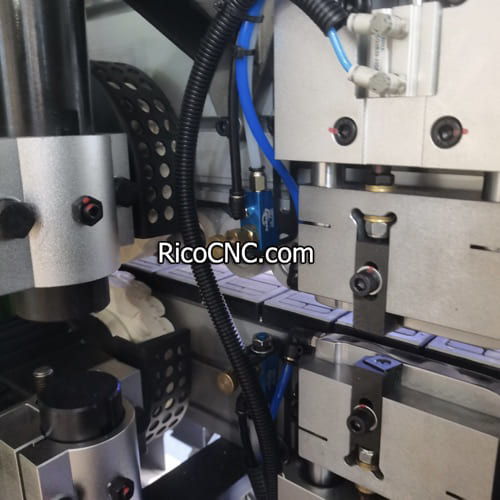
To determine if a limit switch is indeed faulty, it's essential to test the component carefully. Here are several ways to test a limit switch to confirm if it is bad:
1. Visual Inspection
The first step is a visual inspection. Look for any physical signs of damage, such as burn marks, corrosion, or physical wear. The limit switch should appear intact, without cracks or visible damage that could interfere with its normal operation. If you notice any visual deformities, it is likely that the switch needs replacing.
2. Multimeter Testing
A more precise way to check a limit switch is by using a multimeter. Set the multimeter to measure continuity or resistance and test the switch:
Turn Off Power: Ensure that the furnace or the equipment is completely powered off to prevent electrical hazards.
- Disconnect the Limit Switch: Remove any electrical connections leading to the limit switch.
- Check Continuity: Place the multimeter leads on the terminals of the switch. If there is continuity, the switch is in a closed state. If not, it might be faulty. You should also cycle the furnace to see if the switch changes state as the temperature varies.
3. Using a Temperature Gauge
Another option is to use a temperature gauge to monitor the temperature at which the limit switch activates or deactivates. The switch should activate when the temperature exceeds the set limit and deactivate when it cools down below that limit. If the switch activates too early or fails to activate altogether, it may need replacement.
Related Product Insight
A reliable solenoid valve can complement a well-functioning limit switch to ensure smooth operation. The 0820024026 BOSCH REXROTH Single Solenoid Valve Series IS12 is a useful part to keep your systems running efficiently.
Potential Issues Caused by a Faulty Limit Switch
A faulty limit switch can cause several problems beyond just irregular heating or continuous blower fan operation. Here are a few additional issues to be aware of:
Frequent Furnace Shut Offs: When the limit switch falsely detects overheating, it can cause frequent and unexpected furnace shutoffs, disrupting normal operations.
- Increased Energy Costs: A bad limit switch can make your system less efficient, causing it to operate more frequently than necessary and driving up energy costs.
- System Damage: Continuous operation of the blower fan or overheating of the furnace can lead to damage to other components, resulting in higher repair costs over time.
Common Types of Limit Switch Failures
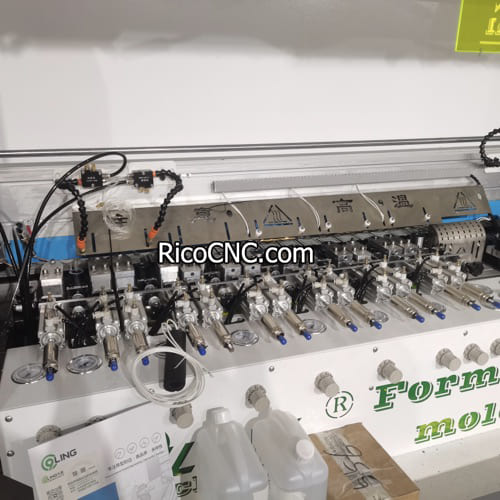
To understand what could go wrong, it's useful to know the types of limit switch failures:
1. Mechanical Wear and Tear
Mechanical limit switches have moving parts, and over time, wear and tear can lead to a failure. This is particularly common in high-usage environments where the switch is frequently activated.
2. Electrical Contact Failure
The contacts inside the limit switch may become pitted or burned due to electrical arcing. When this happens, the electrical continuity is disrupted, leading to malfunction. In such cases, the limit switch may either fail to open or close at the correct time, compromising safety and operational reliability.
3. Sticking Contacts
In some cases, the contacts inside the limit switch may stick, preventing it from switching between open and closed states. This kind of failure leads to continuous fan operation or failure to activate safety mechanisms, which can have severe consequences.
Related Product Insight
If you need to replace or upgrade components in your automation system to prevent sticking and mechanical failure, the 5728400220 Aventics Pneumatic Directional Control Valve can enhance efficiency and reliability. 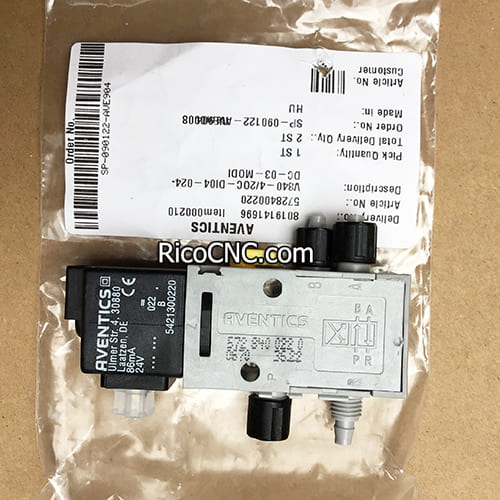
Frequently Asked Questions
1. How do I know if my furnace limit switch needs replacing?
If you observe symptoms like short cycling, continuous blower fan operation, or inconsistent heating, the limit switch may need replacing. Visual inspection or testing with a multimeter can provide a definitive answer.
2. Can I bypass a limit switch temporarily?
Bypassing a limit switch is not advisable, as it plays a critical role in ensuring safety. Temporarily bypassing it can lead to overheating, posing a severe risk to both the equipment and personal safety.
3. How often should limit switches be replaced?
Limit switches are generally durable, but they can wear out over time, especially in systems with heavy usage. It’s recommended to inspect them annually during regular maintenance and replace them if any signs of wear or damage are noticed.
4. What happens if the limit switch fails to activate?
If a limit switch fails to activate, it may result in overheating, potential damage to the furnace or blower system, and even risk of fire. It is essential to replace a faulty limit switch as soon as possible to avoid these issues.
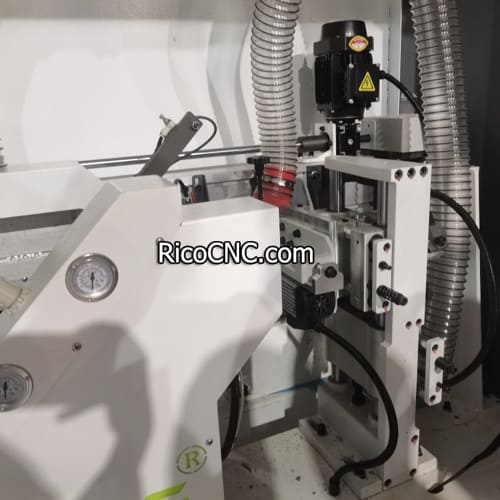
Conclusion
A limit switch is a crucial safety component in any furnace or automation system, ensuring that heating systems do not overheat and that processes function smoothly. Recognizing the signs of a bad limit switch is essential for maintaining safe and efficient operation. Whether it is continuous blower operation, short cycling, or overheating, addressing these symptoms early can save time, energy, and costly repairs.
Regular maintenance and testing with tools like a multimeter can help you stay ahead of any limit switch issues. If you suspect your limit switch might be failing, don’t hesitate to get in touch with an expert or explore suitable replacement components that ensure the longevity and reliability of your systems. Contact us today to learn more about the components that can enhance your automation and safety systems.








